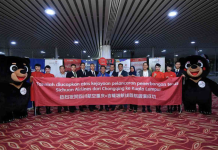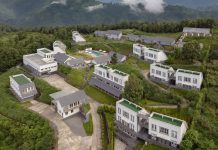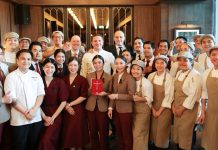KUCHING, 16 February 2024: Sarawak is well-known for its cultural diversity, being home to at least 34 different ethnic groups, including the Ibans, Chinese, Malays, Bidayuhs, Melanaus, Orang Ulus, Penans and Kayans, just to name a few.
Ibans
The Ibans constitute close to 30% of Sarawak’s population, making them the largest indigenous ethnic group in the state. They are known for their traditional longhouses, which hold great cultural significance in their architecture.
They celebrate Gawai Dayak, a festival of thanksgiving for the bountiful harvest, where traditional dances like the Ngajat are performed, and a traditional rice wine drink named ‘tuak’ is served. Sarawakian Ibans are also well known for their artistry and traditional clothing.
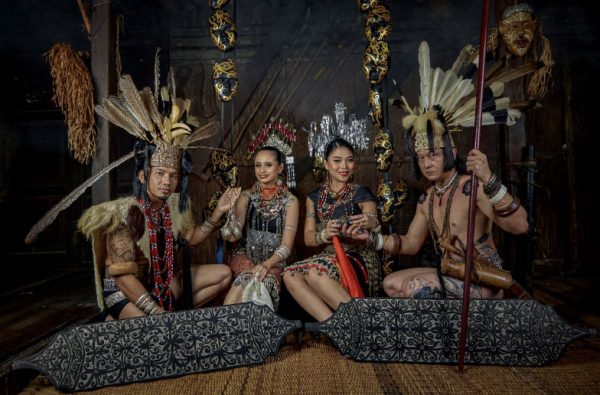
Malay
The Malay population constitutes approximately 25% of Sarawak’s overall population. Most Sarawakian Malays are indigenous, some descending from native Borneo tribes and others migrating from neighbouring regions like Brunei and Kalimantan. Malays were traditionally fishermen and lived around coastal areas, but over time advanced economically and are now city-dwellers.
Chinese
The Chinese comprise Sarawak’s third-largest ethnicity. The Malayan Chinese first came to Sarawak during the Brooke era to find employment opportunities in gold mines. Most have maintained their Chinese heritage, following traditions and superstitions during major celebrations like Chinese New Year and Mid-Autumn Festival. A highlight of Chinese celebrations is the lion and dragon dances, accompanied by distinctive rhythmic drums.
Bidayuhs
The Bidayuhs mainly reside in Lundu, Bau, Penrissen, Padawan, Siburan and Serian. They have architectural wonders that are unique to their culture. An example of this is the baruk roundhouse for community gatherings and functions. It is also here where celebrations for the harvest seasons are held. Traditional dances like the Rejang Beuh or Eagle Dance are performed in the longhouse.
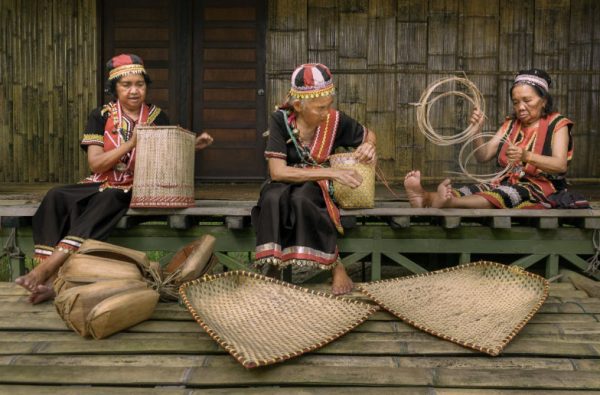
Melanaus
The Melanaus are among the earliest settlers of Sarawak. Their language is categorised under the North Bornean branch of Malayo-Polynesian languages. Over time, they have taken influence from Malay culture in terms of traditional clothing, religion, and lifestyle.
Orang Ulu
Orang Ulu refers to the many diverse tribal groups who live mostly in Sarawak’s upriver and uphill areas. Orang Ulus are renowned for their artistic eye, as seen by the elaborately decorated mural designs and wood carvings on their longhouses’ walls. This is also seen in their beadwork, detailed body tattoos, and rattan weaving. To celebrate the Orang Ulu’s hunting culture, the Kanjet Ngeleput was created and performed by a male dancer in full warrior attire.
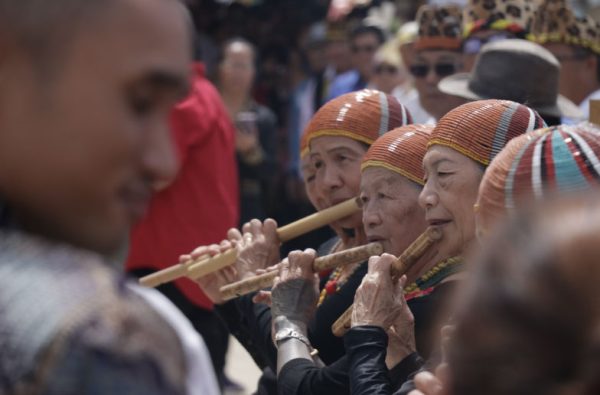
Penan
The Penan people are a smaller ethnic group under the Orang Ulus who reside mainly in the Miri district, far east of Sarawak. Even now, they remain nomad travellers in Sarawak’s dense jungles and live off produce from their hunting adventures. The Penans adorn themselves with accessories, jewellery on their heads, and a bracelet made from black-coloured rattan. Their traditional dance, Sayau Titot, is performed during social or cultural events. They are also excellent and skilled weavers, looming together basketweaves, mats, rattan bags and accessories to complement their traditional outfits.
Kayan
Another smaller sub-ethnic group of the Orang Ulu’s is the Kayan group. Like their neighbours, the Kenyah tribe, they are grouped with the Bahau people under the Apo Kayan people group. The Kayans are renowned for their beadwork and craftsmanship, producing wood carvings from belian wood. They are also revered for their boat-making knowledge. Kayan women, in particular, have a distinctive feature that has drawn attention to this tribe. Their long, slender necks adorned with brass rings have given the Kayans the moniker ‘long-neck people’. This generations-old tradition stems from their belief that long necks are considered beautiful.
This unique blend of different ethnicities is one of Sarawak’s most important traits, where people of varying ethnicities can live harmoniously together. It is important to preserve these cultures and heritage to foster self-identity and social tolerance, essential to maintaining an inclusive society.
For the full version of this feature, check the Saraway Hornbill Trail Newsletter.
https://sarawakgo.com/ethnicities-of-sarawak/
For more information on Sarawak, visit www.sarawaktourism.com.



